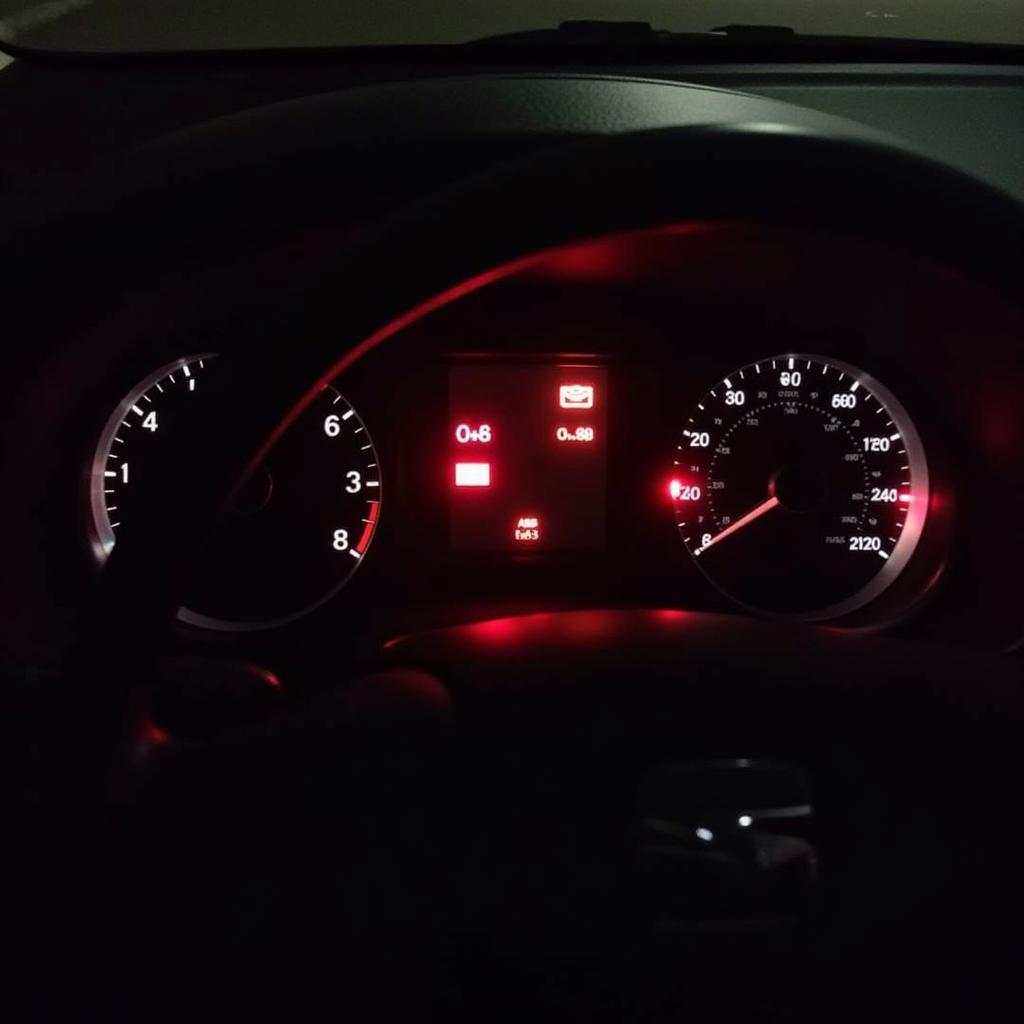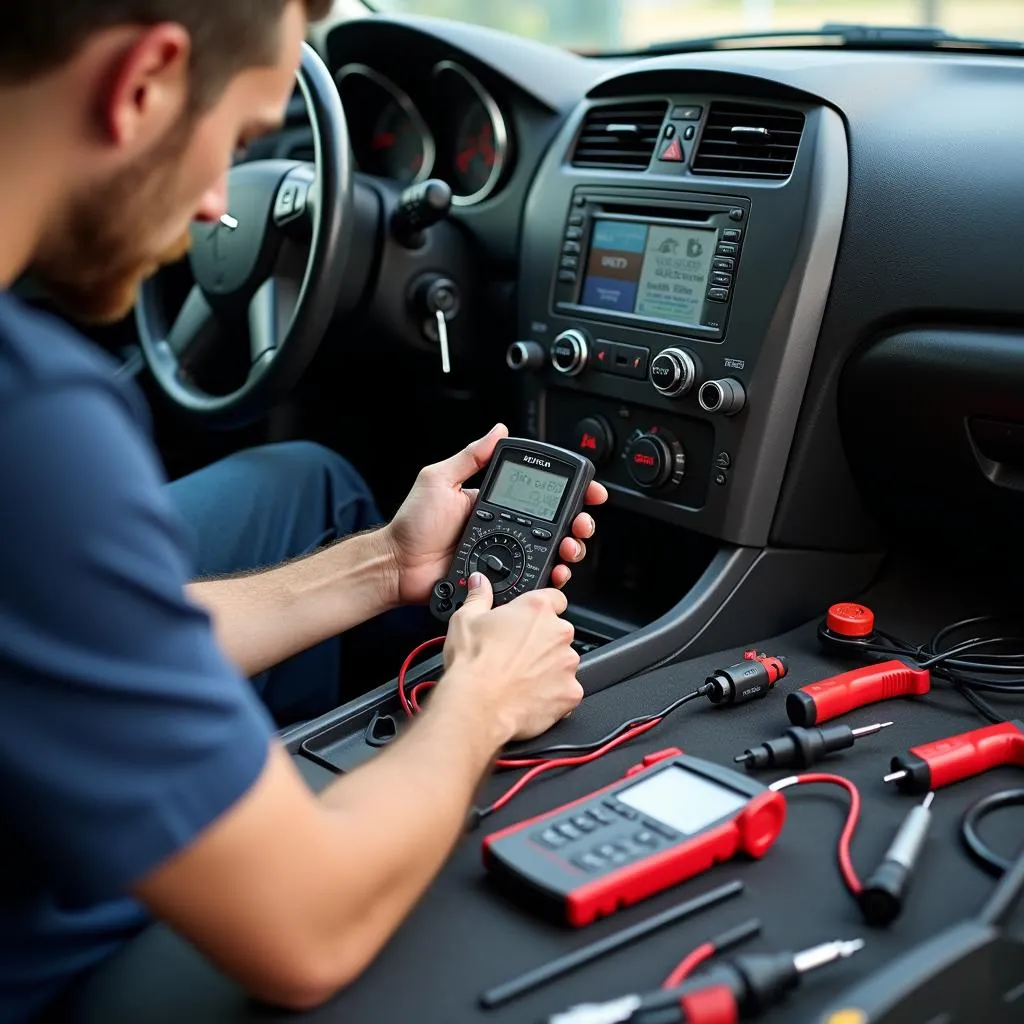Warner brake drums are essential components of many braking systems, particularly in older vehicles and trailers. Understanding their function, common issues, and troubleshooting techniques is crucial for maintaining optimal braking performance and ensuring safety. This guide dives into the intricacies of Warner brake drums, offering valuable insights for both DIY enthusiasts and seasoned mechanics. converting old warner brakes to new drums provides valuable information on upgrades.
Understanding the Warner Brake Drum
Warner brake drums are typically made of cast iron and provide the friction surface against which the brake shoes press to slow or stop the vehicle. They are a key part of drum brake assemblies, which, unlike disc brakes, enclose the entire braking mechanism within the drum itself. This design, while effective, requires regular inspection and maintenance.
Common Issues with Warner Brake Drums
Several problems can arise with Warner brake drums, affecting braking performance and safety:
- Worn or Scored Drums: Over time, the friction surface of the drum can wear down or develop scores, reducing braking efficiency and potentially causing vibrations.
- Out-of-Round Drums: Excessive heat or uneven wear can cause the drum to warp, leading to pulsating brakes and decreased stopping power.
- Cracked Drums: Extreme heat or stress can lead to cracks in the drum, compromising its structural integrity and posing a serious safety risk.
- Rust and Corrosion: Exposure to moisture and road salt can cause rust and corrosion on the drum surface, affecting brake shoe contact and performance.
Troubleshooting Warner Brake Drum Problems
Diagnosing Warner brake drum issues often involves a visual inspection, measurements, and testing.
- Visual Inspection: Look for visible signs of wear, scoring, cracks, or rust on the drum surface.
- Measurement: Use a micrometer to measure the drum diameter and check for out-of-roundness.
- Road Test: Pay attention to any unusual noises, vibrations, or pulsations during braking.
Warner Brake Drum Maintenance
Regular maintenance can significantly extend the life of your Warner brake drums and ensure optimal braking performance.
- Inspection: Regularly inspect your brake drums for wear and tear, preferably during routine brake service.
- Cleaning: Clean the drums and braking components to remove dirt, debris, and rust.
- Adjustment: Ensure proper adjustment of the brake shoes to maintain optimal contact with the drum surface.
- Lubrication: Lubricate the moving parts of the brake assembly, such as the wheel cylinders and backing plates.
“Regular inspection and maintenance of your Warner brake drums are crucial for safety and performance,” advises John Miller, a certified automotive technician with over 20 years of experience. “Don’t neglect these vital components.”
Replacing a Warner Brake Drum
While some minor issues can be addressed through machining or resurfacing, severe wear, cracks, or warping often necessitate replacement. borg warner transmission with drum brakes offers information on vehicles equipped with both Borg Warner transmissions and drum brakes.
- Safety First: Always work on a level surface, use jack stands, and follow proper safety procedures when working on brakes.
- Removal: Remove the wheel, brake drum, and associated hardware.
- Installation: Install the new drum, ensuring proper fit and torque specifications.
- Adjustment: Adjust the brakes after installing the new drum.
- Testing: Test the brakes thoroughly after replacement to ensure proper function.
What are the signs of a bad Warner brake drum?
Common signs include squealing or grinding noises, pulsating brakes, reduced braking performance, and a burning smell.
How often should I inspect my Warner brake drums?
Inspect your brake drums at least once a year or every 12,000 miles, or more frequently if you notice any unusual braking behavior. warner trailer brake parts provides detailed information on trailer brake components.
“Addressing brake drum issues promptly can prevent more serious problems and ensure your safety on the road,” adds Sarah Johnson, a senior mechanical engineer specializing in braking systems.
Conclusion
Warner brake drums are critical components of a vehicle’s braking system. Understanding their function, potential problems, and maintenance requirements can help ensure optimal braking performance and safety. By following the guidelines outlined in this comprehensive guide, you can effectively troubleshoot and address Warner brake drum issues, contributing to a safer and more reliable driving experience. Remember, regular maintenance and timely repairs are essential for maintaining the integrity of your Warner brake drums. warner electric brake magnets discusses another critical component of the braking system.
warner erd brake is a helpful resource for understanding ERD brakes.
FAQ
-
What is a Warner brake drum? A Warner brake drum is a cylindrical component that houses the braking mechanism in drum brake systems.
-
How do I know if my Warner brake drum needs replacing? Signs of a bad drum include grinding noises, pulsating brakes, and reduced braking performance.
-
Can I resurface a Warner brake drum? Minor wear can be addressed through resurfacing, but severe damage requires replacement.
-
How do I maintain my Warner brake drums? Regular inspection, cleaning, and lubrication are essential for maintenance.
-
What safety precautions should I take when working on brake drums? Always work on a level surface, use jack stands, and follow proper safety procedures.
-
Are Warner brake drums used in trailers? Yes, Warner brake drums are commonly used in trailer braking systems.
-
What are the common problems with Warner brake drums? Common problems include wear, scoring, warping, and cracking.


